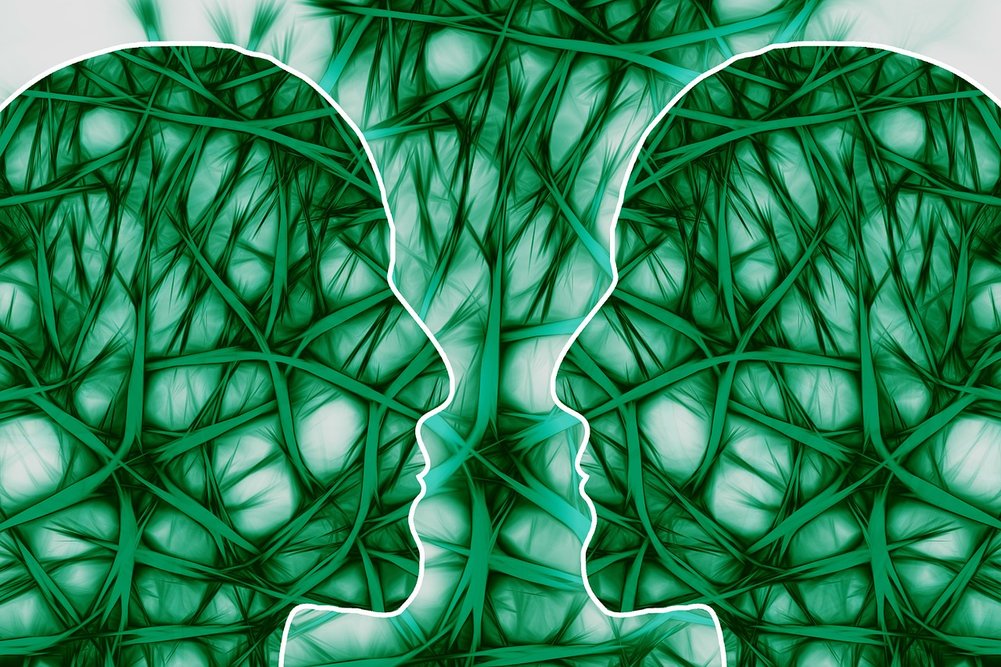US military financed research groups are finding new ways of treating severe mental illnesses that resist current therapies. They have developed a new single closed-loop system to detect patterns associated with mood disorders and presented the first map of how mood is encoded inside the brain.
The latest estimates from WHO shows that more than 300 million people are now living with depression, placing it among the leading illnesses worldwide.
70 million dollars have been invested by The Defense Advanced Research Projects Agency (DARPA), the US military’s research arm, to find a new way to treat the severe mental illnesses that resist current therapies. Their primary goal is to help soldiers and veterans who suffer from depression and post-traumatic stress disorder.
Researchers from the University of California, San Francisco (UCSF), and Massachusetts General Hospital (MGH), funded by DARPA, gathered in Washington DC 2 weeks ago, to present their progress at the meeting of Society for Neuroscience (SfN).
They are trying to develop a system of implanted electrodes to track activity across the brain as they stimulate the organ. The general approach is known as “deep brain” stimulation, a procedure where the neurons are shocked by surgically implanted electrodes to alter neural activity. Parkinson’s disease, dystonia, obsessive-compulsive disorder (OCD), and epilepsy. But when scientists decided to try using the method to treat mood disorders the results weren’t as expected. A large group involving 90 people found no improvement after being tested for one year.
But there is still a light at the end of the tunnel. The technologies in experiments are being developed for people with epilepsy who already have electrodes implanted in their brains to track their seizures. These electrodes can be used to record what happens as they stimulate the brain intermittently rather than continuously, as performed in previously mentioned research.
Edward Chang’s research team have developed a new single closed-loop system, which could detect patterns associated with mood disorders and are ready to start testing their system on people. Some preliminary trials have already been made, but are not ready for publication just yet.
In order for the electrodes to successfully interpret signals, the mood mapping of the brains was a necessity. Omid Sani, who is a part of Chang’s team, had presented the first map of how mood is encoded in the brain over time at the SfN meeting. With his colleagues, he worked with a group of six epileptic people with previously inserted deep brain stimulation electrodes in order to control epileptic seizures.
The MGH team took a different approach, instead of unraveling the mysteries in mood brain activities, they are focusing on mapping the brain activities associated with behavior that is present in multiple disorders, like difficulties with concentration and empathy. They have mapped the brain activity that occurred when a person began slowing down at a set task because they were forgetful or distracted and found it was reversible with stimulation.
Their new discovery was that electrical pulses to a group of neurons involved in decision-making and emotion significantly improved the performance of test participants. Just now, they are working on automatically simulating the brain by testing the algorithms that use specific patterns of brain activity as triggers.
There are still many challenges presented. Dr. Wayne Goodman, who is about to launch a small trial of closed-loop stimulation to treat OCD, says on closed-loop stimulation: “You have to do a lot of tuning to get it right.”
It also raises many ethical concerns. The technique could provide researchers with a degree of access to a person’s inner feelings in real time. This way, they might be able to tell the person’s mood, without it showing in personal behavior or facial expressions.
For the future, this is only a first step towards better treatment for mood disorders. According to Nature News, Chang predicts that the data from trials of brain implants could help researchers develop non-invasive therapies for mental illnesses that stimulate the brain through the skull.
“The exciting thing about these technologies,” Chang says, “is that for the first time we’re going to have a window on the brain where we know what’s happening in the brain when someone relapses.”
Find out more about the brain implants in the video report below:
Main source: Reardon, S. 2017. Automated brain implants for mental illness tested in patients. Nature. (2017).
by Kaja Stradovnik











